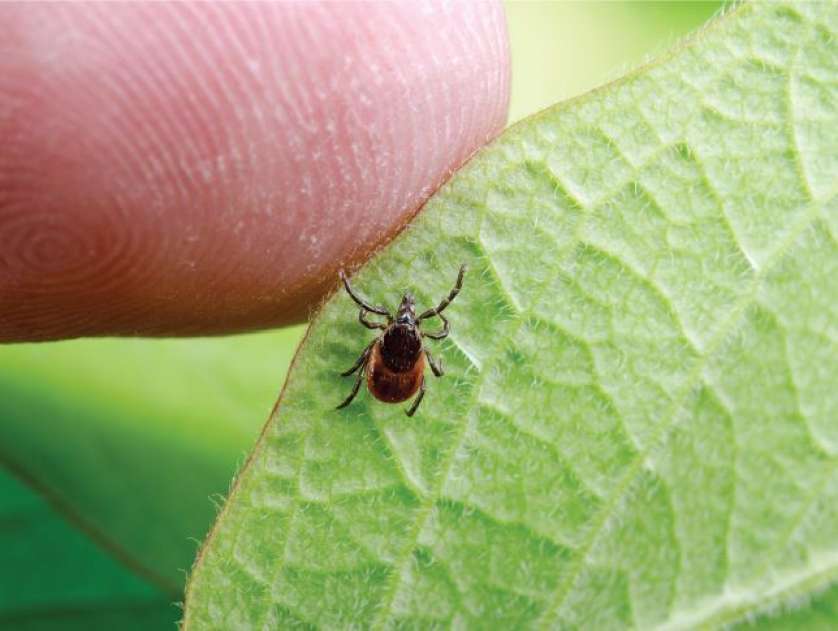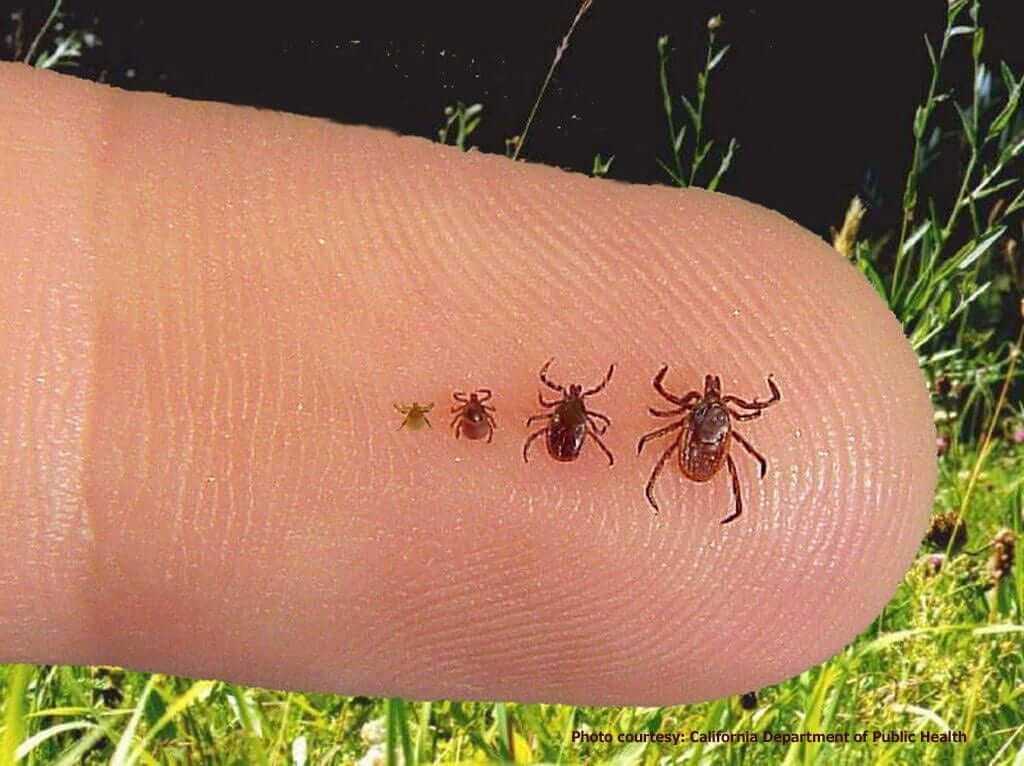
Ticks are small, spider-like creatures. They are most active in spring and summer, but can be found year-round, when the temperature is above freezing.
There are many different tick species in the National Capital Region. The blacklegged tick, also called the deer tick, can carry a Lyme-disease-causing bacteria and give it to humans by biting them.
Ticks are often found in wooded or grassy areas, near brushes and shrubs, making areas like the Greenbelt and Gatineau Park hotspots for ticks. But with a few simple precautions, you can still enjoy the outdoors safely.
Follow our tips, inspired by the Public Health Agency of Canada, to prevent tick bites and know what to do if bitten.
How to prevent tick bites
Stay on trail
Ticks are most commonly found in wooded and brushy areas. Staying on official trails, where vegetation is typically shorter, reduces your chances of exposure to ticks. So, while it may be tempting to wander off-path, sticking to designated trails can help keep you safe (plus, it keeps our ecosystems safe). Keep children and pets from wandering off too!
Did you know? Researchers from the University of Ottawa are studying ticks in the Greenbelt. Our trail managers will use this data from the research to make NCC trails safer for users.
Cover your skin
Ticks can’t bite though clothes. With that in mind, wear closed-toe shoes and long socks, and clothes that cover your skin, like long-sleeved shirts and pants. Tuck your shirt into your pants and your pants into your socks (embrace your inner nerd!) to close any opening that would let ticks to sneak up and in.
And, if possible, wear light-coloured clothing to spot ticks more easily. Ticks are small. At the nymph stage, they are about the size of a poppy seed. At the adult female stage, they are about the size of a sesame seed.
Apply insect repellant
Another way to protect yourself against ticks is to use a Health Canada approved insect repellant containing DEET or icaridin. Apply the product to all exposed skin and clothing and reapply often, especially if you’re spending a long time outdoors.

Check for ticks
Even with the best precautions, ticks may crawl onto your clothing and skin. That’s why it’s important do a thorough check for ticks after any activity in nature. Check yourself, your children, your pets, your clothes and any outdoor gear you had brought along.
Good to know: Ticks usually don’t bite right away; they crawl around to find the perfect spot to attach themselves to the skin. They prefer warm and moist areas, such as toes, knees, armpits, groin and scalp—so pay extra attention to these spots.
Shower within two hours of coming indoors to wash away any unattached ticks.
How to remove a tick
If you find a tick on your body, remove it as soon as possible. Lyme disease will usually manifest only from infected ticks that have been attached for more than 24 hours.
To remove a tick:
- Grasp it with fine-pointed tweezers or a tick remover as close to your skin as possible.
- Gently pull it straight out, without twisting or squeezing the tick.
- Clean the bite area and your hands with soap and water and disinfect the area with an antiseptic.
For more information, contact Ottawa Public Health or your local public health agency.
By following these tips for tick safety, you can enjoy the great outdoors with less worry. Remember to stay on official trails, cover your skin, use insect repellent, and check for ticks thoroughly. And, if you get bitten, remove the tick carefully and clean the bite area.
With these simple precautions, you can stay safe while exploring Gatineau Park, the Greenbelt and other natural areas!